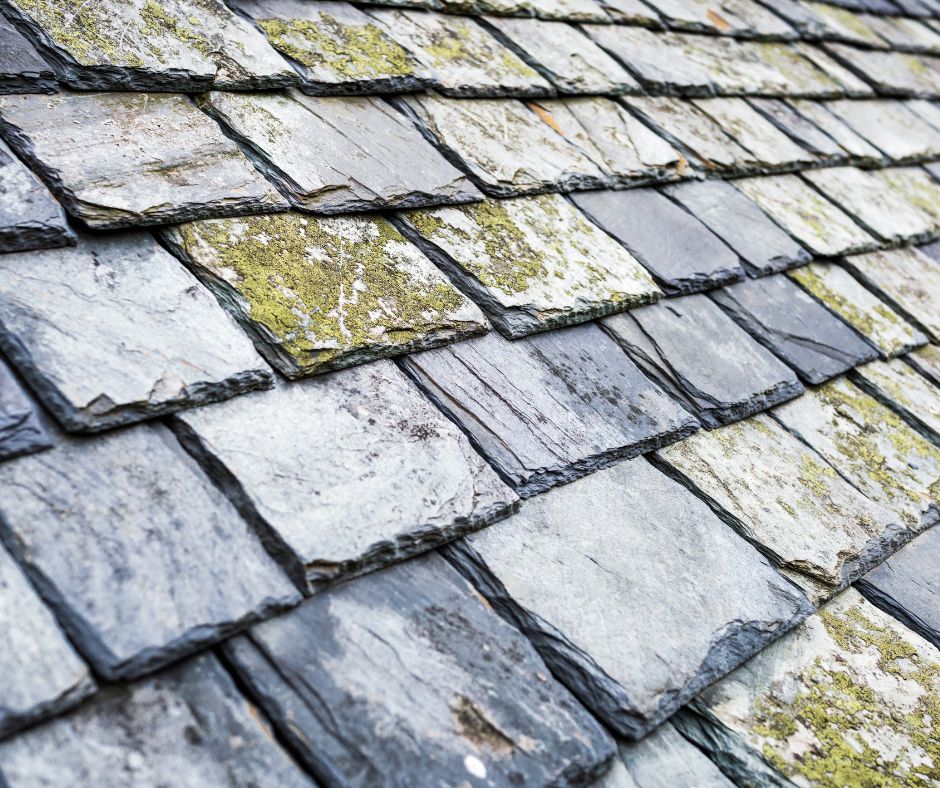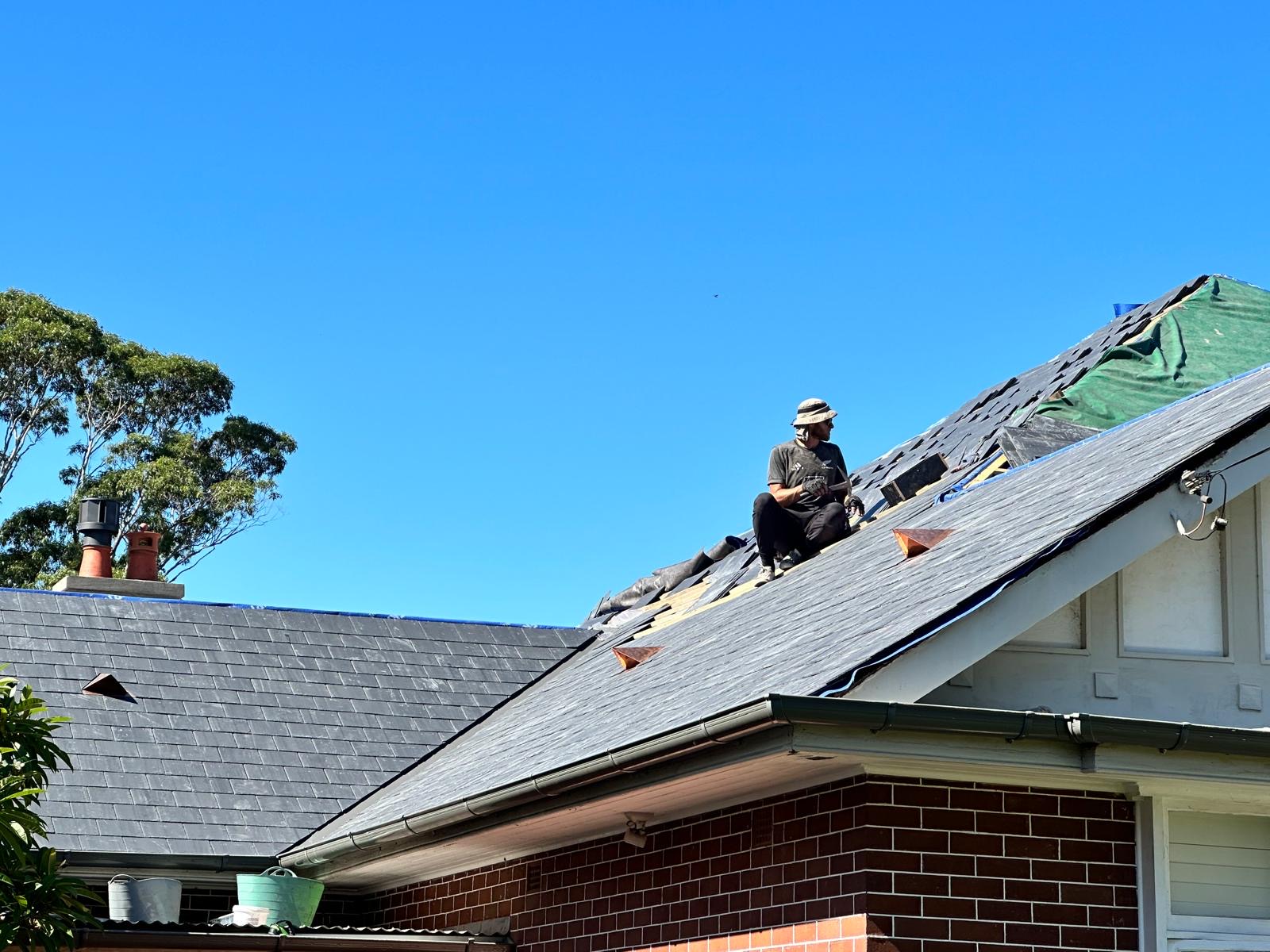Recognize Urgent Signs of Slate Roof Damage for Timely Repairs
When you observe issues such as slipped or broken tiles, noticeable water stains on ceilings, damaged flashing, cracked ridge mortar, or accumulated slate debris in your gutters, your slate roof likely requires immediate attention. Additional concerning indicators include visible sagging, unexpected leaks following rainfall, and signs of water damage around areas like chimneys and roof valleys. To prevent potentially expensive structural damage and to protect your investment in your roof, scheduling routine inspections is essential. Early identification of these issues can help you avoid significant repair costs in the future.

Understand the Impact of Water Damage from a Leaking Roof
Many homeowners are unaware of issues affecting their slate roofs until they notice unsightly water stains on ceilings or water marks on walls. Although slate roofs are celebrated for their remarkable durability and longevity, they can still suffer from wear and tear over time. Elements like nails may rust, flashing can lift, and a few tiles might be displaced enough to allow moisture to infiltrate. Surprisingly, a small, persistent leak, rather than a major storm, can lead to extensive damage, progressively worsening the situation over time.
Being able to identify early warning signs is crucial in avoiding a large repair bill later on. Below are key indicators that suggest your slate roof needs professional evaluation and repair.
1. Spotting Water Marks on Ceilings as Critical Warning Signs
The presence of a yellow-brown ring on your ceiling is more than just a mere stain; it is a vital alert. Water can traverse through internal structures for several meters before eventually dripping onto a ceiling area. Often, by the time you observe it, the leak has been active for a significant period. Water typically enters at roof joins or near gutter systems, with stains frequently appearing in cornice areas, close to chimneys, or beneath roof valleys. It’s crucial to take ceiling stains seriously.
2. Detecting Shifting or Uneven Slate Tiles as a Major Concern
Slate tiles are installed in tight rows, and if even one tile begins to shift or dip, it often indicates a failure in the underlying nail. If multiple tiles show this problem, it may suggest that the battens or underlay have been compromised. While a couple of loose tiles might be an easy fix, a larger area of displaced tiles signals that your roof requires immediate attention to prevent further damage and potential water infiltration.
3. Discovering Slate Fragments in Gutters or on the Ground as a Serious Warning
If you find fragments of slate scattered in your gutters or, worse, on the ground after wind or rain, it usually signifies that the tiles are cracking or crumbling. This deterioration may be due to age, impact, or loose fixings. This issue serves as one of the earliest signals that your roof requires inspection and possible repairs, even if it appears visually acceptable from the street view.
4. Evaluating Warped, Lifted, or Rusted Flashings for Possible Water Ingress Points
Lead flashing is designed to safeguard critical joints around chimneys, skylights, and roof valleys. If the flashing becomes cracked, lifted, or begins to corrode, it opens up entry points for water. Although this damage might be difficult to spot from the ground, it is often visible from the rooftop. If your roof is over 20 years old and the flashing hasn’t been replaced, it might be time for an upgrade to prevent further issues.
5. Addressing Cracked Mortar Along the Ridge or Gables to Prevent Major Issues
Cracks or loose ridge capping are common concerns with older roofs. Natural elements like rain, wind, and sun gradually erode the mortar over time. If this issue is not promptly addressed, it can lead to water seeping beneath the tiles. Generally, this problem can be resolved with a straightforward repair rather than requiring a complete re-roofing, provided it is identified early.
6. Listening for Unusual Ticking or Dripping Sounds After Heavy Rain as a Critical Alert
This may seem odd, but one of the initial signs of a leaking slate roof is the sounds it emits. If you hear ticking, dripping, or the sound of water trickling down inside walls after a storm, this should raise immediate alarm bells. It indicates that water is moving behind the scenes, signaling the need for professional intervention before the next rainfall exacerbates the situation.
7. Assessing Recent Roofing Work for Possible Damage to Your Slate Roof
It is more common than you might think to encounter issues following recent roofing work. Scaffolding from other trades, solar panel installations, or gutter repairs can inadvertently cause damage to slate tiles. Even traversing a slate roof without adequate knowledge of foot placement can lead to cracking or dislodging tiles. If you’ve noticed changes following any roofing work, it is wise to have it inspected to ensure the integrity of your roof remains intact.

Take Action Now: Schedule Your Comprehensive Roof Inspection
If any of these signs resonate with you, the next critical step is to arrange a detailed inspection. A qualified roofer with experience in slate roofing can effectively differentiate between normal aging processes and issues that require immediate repair.
A thorough inspection entails more than just a superficial assessment; it involves an in-depth examination of the condition of the battens, sarking, flashing, and the roof’s ventilation systems. In certain cases, a few tiles may need replacing, while in other scenarios, extensive repairs could be necessary. The essential aspect is to be proactive and identify potential problems before water damage has the chance to escalate into a major concern.
Contact us today for a free roofing quote and take the vital first step in safeguarding your home from potential damage.
The Article: Slate Roof Repair: Signs You Need to Act Now first appeared on https://writebuff.com
The Article Slate Roof Repair: Urgent Signs You Shouldn’t Ignore Was Found On https://limitsofstrategy.com

